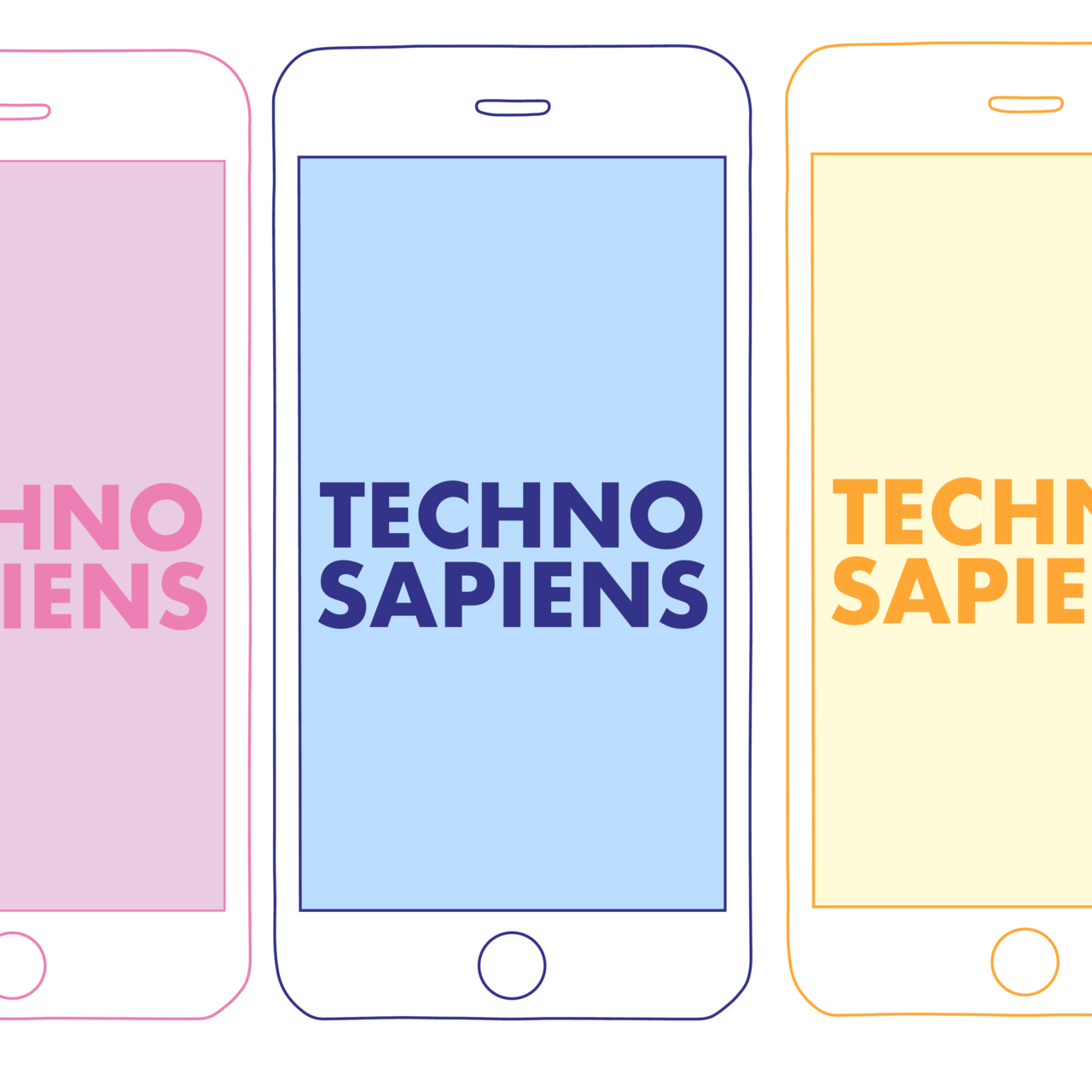Do Trigger Warnings Actually Help?
The surprising research behind whether trigger warnings really help us to handle upsetting content
In this newsletter and on my social media pages, I often discuss very controversial and sensitive subjects such as birth trauma and mental health. Yet, I have never use a Trigger Warning (TW) or Content Warning (CW) on any of this material and you might be wondering why. My reasoning is not a lack of sensitivity or awareness but rather is based in research. I wanted to explain this research because I think it will be surprising to many readers (I know that it surprised me when I first read it!) and may even change your perspective on the practice of using trigger warnings and content warnings.
To address this hot-button topic, I teamed up with Jacqueline Nesi of Techno Sapiens. Techno Sapiens is an incredible newsletter on Substack that covers the latest research on parenting, psychology, and technology. Some of her recent topics include social media and mental health, screen time for young children, and parenting information overload. If you have enjoyed the Parenting Translator research and you are at all interested in the intersection of parenting and technology, I know you will enjoy her newsletter. You can subscribe to Techno Sapiens here. Now let’s dive into the research.
Source: Anete Lusina/Pexels
You can listen to this newsletter here:
Imagine this scenario— you’re sitting at your computer. You’ve been told you’ll be participating in an online experiment, designed to test your “visual learning skills.” You answer a few questions about your current mood, and then a message appears on the screen:
TRIGGER WARNING: The following video may contain graphic footage of a fatal car crash. You might find this content disturbing.
A few seconds later, you’re watching a public service announcement video clip depicting a speeding driver. The driver crashes. He is killed instantly.
You’re asked to rate your mood again. How do you feel?
Now, imagine you’d participated in the same experiment, but with one difference: there was no trigger warning. You signed up for the study, answered some questions and, before you knew it, you were watching the disturbing video clip. How would you feel then?
Surely, by receiving the warning, you’d be better prepared to handle the negative content. You would have known what to expect. You’d feel less anxious, less disturbed, less upset. Right?
It turns out, probably not.
What are these “TWs” and “CWs” I keep seeing on Instagram?
Content warnings (CW’s) are statements used to communicate that content (i.e., writing, photos, videos) may contain disturbing themes or imagery. These types of warnings have a long history in media–particularly movies and television content (e.g., viewer discretion is advised). Trigger warnings (TW’s) are a subtype of content warnings, explicitly designed to warn that negative emotions might result from certain content and to protect people from psychological harm, especially individuals with a history of trauma (e.g., you might find this content disturbing). In practice, these terms are often used interchangeably.
If you’ve spent any time in the world of parenting content on social media, chances are, you’ve come across these types of warnings. A quick “TW” or “CW” often precedes social media captions, and sensitivity screens–another form of content warning that blurs potentially offensive images until users click to uncover them–are now a mainstay on social media.
So, do trigger warnings work?
It certainly seems like trigger warnings should be helpful. Why not give people a warning that they might be upset by certain content, especially people who may be particularly vulnerable to it? Shouldn’t that help them prepare for the content, maybe prompting them to use strategies to manage any negative emotions that might come up?
This line of thinking may be why so many people are in favor of trigger warnings. Research suggests that 57% of college students are in favor of them and most students report they are “somewhat helpful” to their mental health. And certainly, it may be the case that trigger warnings are helpful for some people–research cannot capture the experience of every individual in every situation.
But, in general, the evidence on trigger warnings doesn’t actually line up with what we might expect. Research suggests that trigger warnings neither reduce people’s negative emotions after seeing disturbing content, nor do they help people to cope better with that content.
In the study described above, for example, researchers ran six separate experiments with a total of 1,394 people, randomly assigning some to receive a trigger warning before viewing content and some not to. They varied nearly every component imaginable across the experiments–the type of content (video vs. text), the population (college students vs. other adults), the negativity of the content, the wording of the trigger warning–and the results were consistent. Trigger warnings did not reduce participants’ anxiety or negative feelings.
In fact, they made no difference.
These effects seem to hold both for the general population, and for those who have experienced trauma– the very people trigger warnings are often intended to protect. In a study of 451 trauma survivors, participants were randomly assigned to either receive a trigger warning or no trigger warning before reading a passage. Again, there was no difference in the reactions between groups, even when the content of the passage closely matched the type of trauma the participant had experienced. Unfortunately, trigger warnings did not help trauma survivors to avoid painful memories or brace themselves for upsetting content.
Okay, but don’t trigger warnings at least help people avoid content?
Even if trigger warnings don’t help people to emotionally prepare or cope with negative content, couldn’t they at least allow them to avoid that content altogether? Again, this makes a ton of sense! But here, again, comes research–such a Debbie Downer–to tell us that trigger warnings don’t end up functioning that way.
Across studies, these warnings do not seem to reduce the likelihood that people go on to view negative content. In one recent study, for example, college students watched a “traumatic film” and then had the option to view images from the film, either preceded by a trigger warning or not. The researchers found that trigger warnings did not increase the likelihood that participants would avoid the images.
Studies of Instagram’s “sensitive content” screens (see below) reveal a similar pattern–they don’t seem to deter people from viewing negative content.
A “sensitive content” screen on Instagram, designed to allow users to avoid potentially disturbing content
Why would this be? Well, you know how when your friend says “The craziest thing happened to Sarah yesterday…but I promised I’d let her tell you herself,” then suddenly finding out what happened to Sarah becomes the most important thing you’ve ever done? Whereas, if Sarah had simply called you and launched into the story of how she saw Ben Stiller at her physical therapist (he looked great!), you would have simply nodded along absentmindedly while checking your email?
When we’re told we can’t do something– whether that’s to know what happened to Sarah or to view potentially disturbing content– it paradoxically increases our curiosity and interest in it. This is called the forbidden fruit effect, and it might be causing trigger warnings to backfire. In other words, trigger warnings may make you more likely to want to view the content.
Okay, but at least trigger warnings aren’t doing any harm. Right?
Well, not necessarily.
Studies suggest that trigger warnings may prompt a “nocebo” effect, where negative expectations of a situation cause more negative outcomes. In other words, participants are told they may feel distressed as a result of viewing certain content, and this leads them to actually feel more distressed before or after viewing that content. For example, in one study, participants who were given trigger warnings before reading a disturbing passage reported more “anticipatory” anxiety (when they also showed a belief that words could cause harm) than those who saw no trigger warnings.
Another risk? Trigger warnings may increase trauma survivors’ tendency to see their trauma as central to their identity, which has been linked to increased PTSD symptoms. Trigger warnings also rely on the principle that avoiding upsetting content is helpful for reducing anxiety, but in fact, research consistently finds that avoiding upsetting content can worsen symptoms of PTSD and anxiety over time.
Overall Translation
Taking these findings together, we can imagine how this might all go down in practice. I’m scrolling Instagram, going about my day, and I come across a trigger warning. It tells me that some upcoming content is potentially disturbing, and might cause harm to people like me. Because of the forbidden fruit effect, I’m just as likely to view it as if I hadn’t been given a warning. Only now, I’ve internalized the idea that the content will do harm to me. So it does.
Of course, there are things we still don’t know about trigger warnings. What, exactly, constitutes a “warning”? Would a simple information label (“this post contains violence”) be different from a warning label (“this post contains violence and you might be harmed by it”)? Or, as some argue, have trigger warnings become so ingrained in the “cultural lexicon” that even a simple information label tacitly implies the idea of a “trigger”? Are there ways we could make these warnings more effective? Like all research, studies on trigger warnings have limitations, and we may never be able to say for sure whether trigger warnings are ineffective in every case, for every person.
Here’s what we do know, though (summarized in a recent meta-analysis): as it currently stands, trigger warnings do not seem to impact most people’s emotional responses to content. They do not reduce the likelihood that people will avoid content, and in some cases, may actually increase it. And they increase people’s distress (anticipatory anxiety) before viewing the content.
In other words, they don’t seem to be working for most people, and in some cases, they might be making things worse.
Sometimes, when something seems like it should be true, it’s even more important to take a close look at the evidence. It might just end up proving us wrong.
Wondering how you can support Parenting Translator’s mission and/or express your gratitude for this service? It’s easy! All you have to do is share my newsletter with your friends and/or on your social media!
Thanks for reading the Parenting Translator newsletter! Subscribe for free to receive future newsletters and support my work.
Also please let me know any feedback you have or ideas for future newsletters!
Welcome to the Parenting Translator newsletter! I am Dr. Cara Goodwin, a licensed psychologist with a PhD in child psychology and mother to three children (currently an almost 3-year-old, 5-year-old, and 7-year-old). I specialize in taking all of the research that is out there related to parenting and child development and turning it into information that is accurate, relevant, and useful for parents! I recently turned these efforts into a non-profit organization since I believe that all parents deserve access to unbiased and free information. This means that I am only here to help YOU as a parent so please send along any feedback, topic suggestions, or questions that you have! You can also find me on Instagram @parentingtranslator, on TikTok @parentingtranslator, and my website (www.parentingtranslator.com).
DISCLAIMER: The information posted by Dr. Cara D. Goodwin, PhD, Parenting Translator, and its representatives on the Instagram account @parentingtranslator, TikTok account @parentingtranslator, website (ParentingTranslator.com), and newsletter (parentingtranslator.substack.com), or any other medium or social media platform (the “Information”) is for educational purposes only and is not intended or implied to be a substitute for professional medical, mental health, legal, or other advice. Parenting Translator is not engaged in rendering diagnosis, treatment, counseling, or therapy services by providing the Information, and your use of the Information does not create any practitioner-patient or other treatment relationship between you and Dr. Cara D. Goodwin, PhD, Parenting Translator, or any of its representatives. Dr. Cara D. Goodwin, PhD, Parenting Translator, and its representatives assume no responsibility and expressly disclaim liability for any consequence relating directly or indirectly to any action or inaction you take based on the Information. Reliance on any Information provided by Parenting Translator, its representatives, and contributors, is solely at your own risk. Always seek the advice of your own licensed and qualified medical, mental health, legal, or other professional, and do not disregard professional advice or delay in seeking it based on the Information. Call your medical or mental health professional, or 911, for all emergencies.









Thanks for writing on this important topic with me! Looking forward to more collaborations in the future!
I think there are two issues with these types of studies.
First, content or trigger warnings should be specific, rather than vague. The study linked about "trigger warnings may increase trauma survivors ..." used the following trigger warning: “TRIGGER WARNING: The passage you are about to read contains disturbing content and may trigger an anxiety response, especially in those who have a history of trauma”. This is broad enough to be meaningless. Trigger warnings should be specific, like TW: rape or TW: descriptive violence. These are much more useful to people who have actually had trauma, because they can make an informed decision.
Second, content or trigger warnings are not for the general public. I mean, they can be helpful to especially sensitive people, but the studies almost all just have general people, rather than targeted people. Trigger warnings are meant for people with 'triggers'.